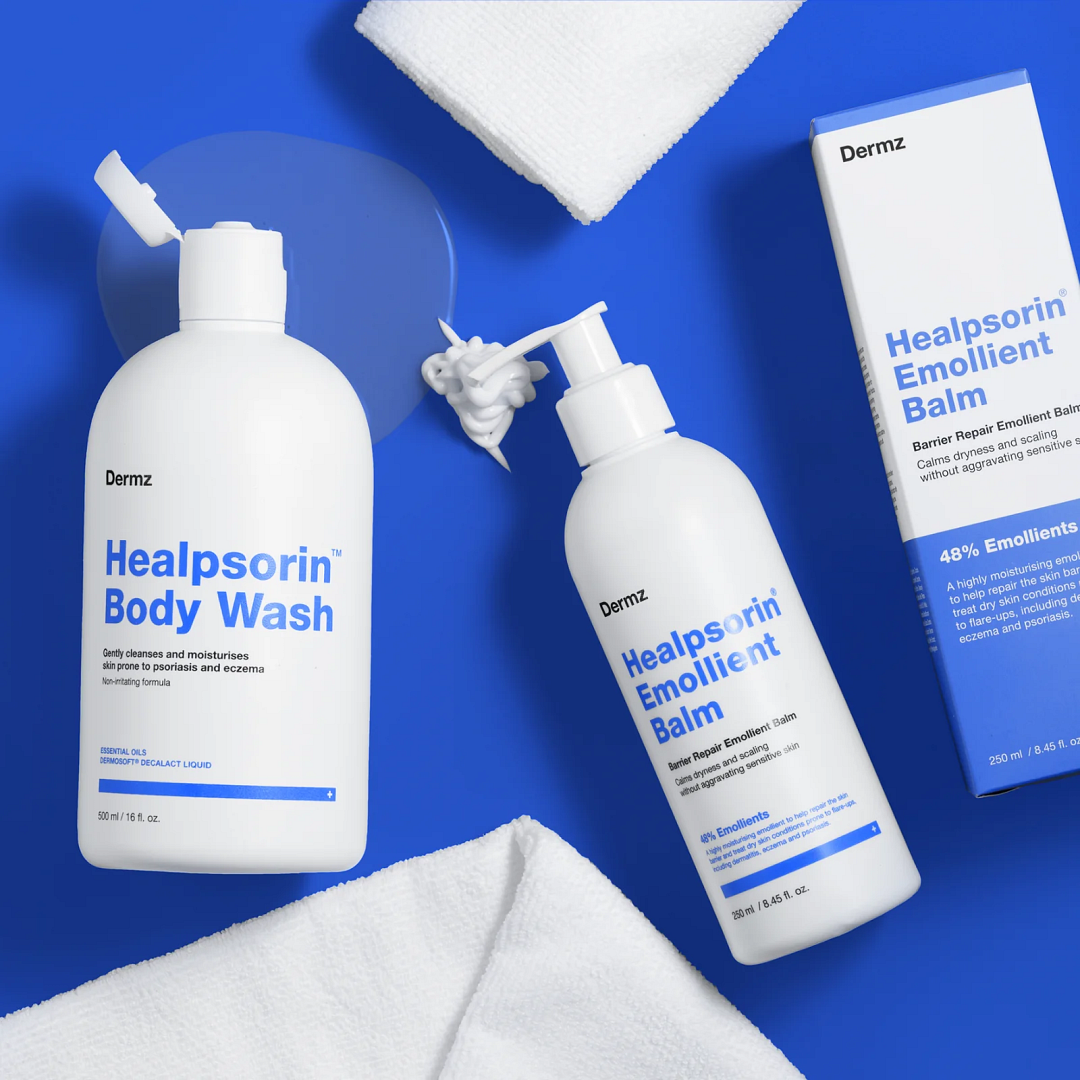Drug abuse is a serious public health issue with devastating consequences for individuals, families, and communities. While there’s no single solution, a multi-pronged approach emphasizing prevention is key. Here’s how we can build resilience and empower individuals to make healthy choices:
1. Open Communication and Education:
- Early and Honest Conversations: Start talking to children early, before they encounter drugs. Discuss the dangers of substance abuse in a factual and non-judgmental way. Address misconceptions and emphasize healthy coping mechanisms.
- Tailored Approach: Adjust conversations based on age. With younger children, focus on general safety and healthy habits. As teenagers navigate peer pressure, equip them with refusal skills and strategies for making positive choices.
- Comprehensive Education: Schools play a crucial role. Implement age-appropriate drug education programs that address the science of addiction, dispel myths, and highlight the negative effects on health, relationships, and future opportunities.
2. Building Strong Support Systems:
- Positive Family Relationships: Nurturing strong family bonds is vital. Children raised in supportive environments with open communication are less likely to turn to drugs. Spend quality time, listen actively, and create a safe space for them to express themselves.
- Positive Peer Groups: Encourage healthy friendships. Help children find activities where they can connect with supportive peers who share their interests. This fosters a sense of belonging and reduces the lure of negative influences.
- Mentorship Programs: Mentorship programs can provide valuable guidance and role models. Connecting youth with responsible adults who can offer support and encouragement can significantly decrease the risk of drug abuse.
3. Addressing Underlying Issues:
- Mental Health Awareness: Many people turn to drugs to self-medicate underlying mental health issues like anxiety or depression. Encourage open discussions about mental health and seeking professional help for mental health if needed.
- Life Skills Development: Develop strong life skills in children and young adults. This includes healthy coping mechanisms for stress, problem-solving skills, and building self-esteem. Equipping them with these skills helps them manage challenges in a positive way without resorting to drugs.
- Addressing Trauma: Adverse childhood experiences (ACEs) can increase the risk of substance abuse. Early intervention and support services for children who have experienced trauma are crucial.
4. Community-Based Initiatives:
- Reduced Access: Advocate for policies that restrict access to illegal drugs. This includes supporting law enforcement efforts to curb drug trafficking and promoting secure storage of prescription medications.
- Community Outreach Programs: Community-based programs can provide support groups, educational workshops, and recreational activities. These programs foster a sense of belonging and offer healthy alternatives to drug use.
- Reduced Stigma: Combat the stigma surrounding addiction. Promote awareness that addiction is a treatable disease, and encourage people to seek help without fear of judgment.
5. Individual Empowerment:
- Developing Healthy Habits: Encourage healthy lifestyle choices that reduce the appeal of drugs. Regular exercise, balanced diet, and quality sleep can significantly improve overall well-being and reduce stress.
- Identifying Triggers: Help individuals identify triggers that might lead them to turn to drugs. This could be social situations, emotional distress, or boredom. Develop healthy coping mechanisms to manage these triggers effectively.
- Building Self-Esteem: Promote activities that build self-esteem and a sense of purpose. Encourage involvement in hobbies, creative outlets, or volunteering. Feeling good about oneself contributes to healthier decision-making.
It’s a Collective Effort
Preventing drug abuse requires a collaborative effort. Parents, educators, community leaders, and healthcare professionals all play a vital role. By fostering open communication, building strong support systems, addressing underlying issues, and empowering individuals, we can create a society where drug abuse is less prevalent. Remember, prevention is always better than cure. Let’s work together to build a future where everyone has the opportunity to reach their full potential without the shadow of drug abuse.
Beyond Awareness: Fostering Positive Alternatives
While education about the dangers of drugs is important, it’s equally crucial to create a world filled with engaging and fulfilling alternatives. This is especially true for teenagers and young adults who crave excitement, belonging, and a sense of achievement. Here’s how we can go beyond awareness and cultivate positive alternatives:
- Promoting Extracurricular Activities: Extracurricular activities like sports, music, theater, or debate clubs provide healthy outlets for energy, develop talents, and foster a sense of belonging. Encourage participation in these activities to keep youth engaged and build self-esteem.
- Supporting Community Centers and Youth Programs: Community centers and youth programs offer safe spaces for teens to socialize, develop skills, and find mentors. Advocate for funding and participation in these programs to provide positive alternatives to drug use.
- Encouraging Service Learning: Service learning opportunities allow youth to connect with their communities and make a positive impact. This fosters a sense of purpose, belonging, and social responsibility, reducing the appeal of drug use.
- Promoting Healthy Risk-Taking: Not all risk-taking is bad. Encourage healthy risk-taking activities like adventure sports, travel, or taking on new challenges within academics or the arts. This allows teens to explore their strengths, build confidence, and find healthy ways to experience excitement.
- Breaking Down Barriers to Mental Health Services: Make access to mental health services affordable and readily available. Early intervention and treatment for mental health issues significantly decrease the likelihood of turning to drugs for self-medication.
The Role of Media and Technology:
The media and technology landscape we live in can significantly influence young minds. Here’s how we can navigate this world responsibly:
- Promoting Responsible Media Consumption: Encourage critical thinking about media portrayals of drug use. Discuss unrealistic portrayals and the consequences that are often downplayed. Promote media literacy skills to help young people make informed choices.
- Parental Controls and Open Communication: While strict limitations might not be the answer, consider implementing parental controls on devices to restrict access to inappropriate content. Maintain open communication to discuss any concerns teens may have about media portrayals.
- Harnessing Technology for Good: Technology can also be a powerful tool for drug abuse prevention. Explore and support educational apps, online resources, and support groups for teens struggling with addiction or peer pressure.
Remember, preventing drug abuse is an ongoing process. By implementing these strategies and working together, we can create a future where healthy choices are the norm, and the allure of drugs diminishes
Additional Resources:
- The National Institute on Drug Abuse (NIDA): https://www.nih.gov/about-nih/what-we-do/nih-almanac/national-institute-drug-abuse-nida
- The Substance Abuse and Mental Health Services Administration (SAMHSA): https://www.samhsa.gov/










